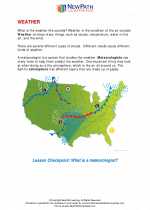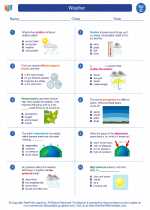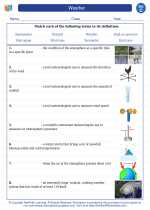Biomes: An Explanation
A biome is a large geographical area of distinctive plant and animal groups, which are adapted to that particular environment. Biomes are often defined by factors such as climate, vegetation, and soil type. There are several major types of biomes, including tundra, taiga, temperate deciduous forest, grassland, desert, tropical rainforest, and more.
Key Points to Remember:
- Biomes are large geographical areas with specific plant and animal groups.
- Factors such as climate, vegetation, and soil type help define different biomes.
- There are several major types of biomes, each with its own unique characteristics.
Study Guide
Here are some key points to study and understand about biomes:
- Definition: What is a biome, and how is it different from an ecosystem?
- Types: What are the major types of biomes, and what are their defining characteristics?
- Adaptations: How do plants and animals in different biomes adapt to their specific environments?
- Human Impact: What are the ways in which human activities can affect different biomes?
- Conservation: Why is it important to conserve and protect the various biomes around the world?
By studying these key points, you will gain a better understanding of the diversity and importance of biomes in our natural world.
[Biome] Related Worksheets and Study Guides:
.◂Science Worksheets and Study Guides Third Grade. Weather
Study Guide Weather
Weather  Worksheet/Answer key
Worksheet/Answer key Weather
Weather  Worksheet/Answer key
Worksheet/Answer key Weather
Weather  Worksheet/Answer key
Worksheet/Answer key Weather
Weather  Vocabulary/Answer key
Vocabulary/Answer key Weather
Weather  Vocabulary/Answer key
Vocabulary/Answer key Weather
Weather 

 Worksheet/Answer key
Worksheet/Answer key
 Worksheet/Answer key
Worksheet/Answer key
 Worksheet/Answer key
Worksheet/Answer key
 Vocabulary/Answer key
Vocabulary/Answer key
 Vocabulary/Answer key
Vocabulary/Answer key

The resources above cover the following skills:
EARTH AND SPACE SCIENCE (NGSS)
Earth’s Systems
Students who demonstrate understanding can:
Represent data in tables and graphical displays to describe typical weather conditions expected during a particular season.